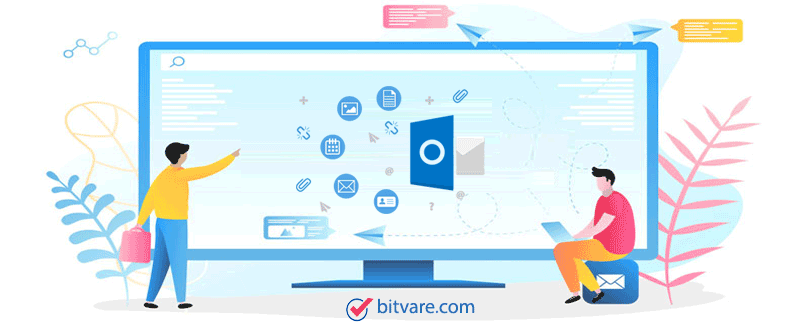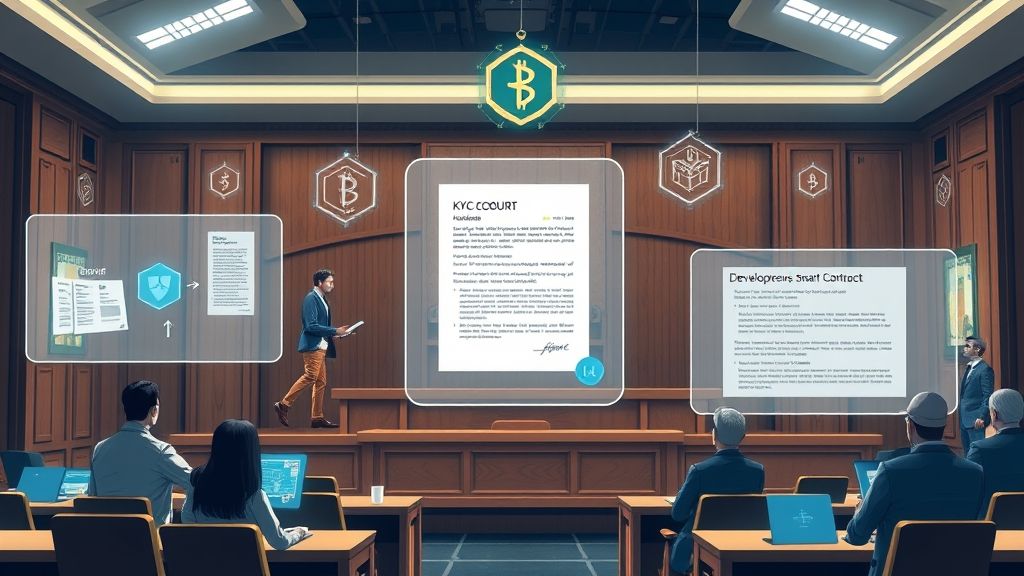Artificial intelligence has fundamentally transformed how businesses interact with customers, and AI chatbots are at the forefront of this change. These intelligent systems are now integrated into websites, apps, and messaging platforms to provide real-time support, automate tasks, and deliver enhanced user experiences. But what goes into developing an AI chatbot that is not only technically sound but also user-friendly? This blog dives deep into the full spectrum of AI chatbot development—from the algorithms powering their intelligence to the nuances of user experience design.
Understanding the Core of AI Chatbots
AI chatbots are software applications designed to simulate human-like conversations with users through natural language. Unlike rule-based bots that rely on pre-defined scripts and decision trees, AI-powered chatbots use natural language processing (NLP), machine learning (ML), and, in more advanced cases, large language models (LLMs) to understand and respond intelligently. The core components of AI chatbots typically include a language understanding module, a dialogue management system, and a natural language generation component. These modules work together to interpret user queries, determine intent, and formulate responses that feel natural and contextually appropriate.
Natural Language Processing: The Brain Behind the Bot
Natural language processing is at the heart of every AI chatbot. NLP allows machines to understand, interpret, and generate human language in a meaningful way. It involves several sub-processes such as tokenization, stemming, part-of-speech tagging, named entity recognition, and sentiment analysis. These processes enable the chatbot to break down user input and derive meaningful insights. More advanced NLP systems incorporate context management, enabling the chatbot to remember previous parts of a conversation and respond in a way that makes the interaction feel coherent. NLP engines such as spaCy, NLTK, and the transformers from Hugging Face provide the foundation for building effective language models.
Machine Learning Models That Drive Intelligence
Machine learning takes chatbot development beyond static scripting into the realm of dynamic learning. Through supervised, unsupervised, or reinforcement learning, chatbots can be trained to improve over time. Supervised learning involves training models on labeled datasets, allowing the bot to understand what correct responses look like. Unsupervised learning helps in clustering and categorizing large volumes of user queries, which is helpful for refining intent recognition. Reinforcement learning, although more complex, allows the chatbot to learn through interaction, optimizing its responses based on feedback loops. These models are trained using frameworks like TensorFlow, PyTorch, or Keras, depending on the complexity and desired outcome of the chatbot.
Dialogue Management: Orchestrating the Conversation Flow
While NLP and ML handle the interpretation and learning aspects, dialogue management governs how a chatbot responds and keeps the conversation flowing. This component determines the chatbot’s next action based on the identified intent, user history, and business goals. A good dialogue manager manages state transitions, tracks user inputs across turns, and routes conversations toward successful resolutions. Frameworks like Rasa and Microsoft Bot Framework offer built-in dialogue management capabilities that support contextual conversations, fallback mechanisms, and multi-turn dialogue flows.
Integrating APIs and External Systems
Modern chatbots are rarely standalone systems. They are often integrated with CRM platforms, databases, e-commerce engines, and other enterprise systems through APIs. This connectivity allows the chatbot to perform actions like retrieving order details, booking appointments, or updating user profiles in real-time. API integration plays a critical role in turning the chatbot from a passive responder into an active digital assistant. Developers must ensure these integrations are secure, scalable, and responsive to avoid delays or data inconsistencies in user interactions.
Designing Conversational UX: Balancing Functionality and Usability
Beyond algorithms and data structures, chatbot development demands an equal focus on conversational user experience (UX). This involves designing dialogue flows that feel intuitive, natural, and helpful. A chatbot’s UX determines how users perceive the quality of the interaction. Key aspects of conversational UX include tone of voice, prompt design, context handling, and error recovery. A good UX avoids robotic responses, manages user frustration gracefully, and keeps the conversation aligned with user intent. Developers and designers often collaborate using tools like Botmock, Voiceflow, or Adobe XD to prototype and test conversational flows before implementation.
Choosing the Right Platform for Deployment
Once the chatbot is developed, choosing the right deployment platform is crucial. Depending on the target audience, the bot may be deployed on websites, mobile apps, social media platforms, or messaging services like WhatsApp, Facebook Messenger, and Slack. Each platform comes with its own user behavior patterns and technical constraints. For example, web-based chatbots might require live chat handover capabilities, while messaging platforms need to comply with message rate limits and approval policies. Developers need to account for platform-specific SDKs and APIs while ensuring a consistent brand voice across channels.
Data Collection and Continuous Improvement
The work doesn’t end after deployment. AI chatbots require continuous monitoring, feedback collection, and optimization. Data from user interactions must be anonymized and analyzed to understand where the chatbot performs well and where it falls short. Developers use this feedback loop to retrain models, refine dialogue flows, and improve response accuracy. Features such as analytics dashboards, A/B testing, and heatmaps help teams track user engagement and conversion metrics. The goal is to ensure the chatbot evolves in alignment with user needs and business objectives.
Addressing Privacy, Ethics, and Compliance
As AI chatbots handle increasing volumes of personal data, developers must prioritize privacy, ethics, and legal compliance. Depending on the jurisdiction, data regulations such as GDPR, CCPA, or HIPAA may apply. Developers must implement proper data encryption, anonymization techniques, and secure data storage practices. Moreover, ethical considerations like bias in language models, inappropriate content filtering, and transparency in AI decision-making must be addressed. Providing users with clear disclaimers and opt-out options is not just a best practice—it’s a requirement for building trust.
Leveraging Pre-Trained Models and LLMs
In recent years, the availability of large pre-trained language models such as GPT, BERT, and Claude has accelerated chatbot development. These models offer advanced conversational abilities out of the box and can be fine-tuned on domain-specific data to create highly intelligent and responsive bots. While using LLMs reduces development time, it also raises considerations around cost, performance latency, and content moderation. Developers can either use APIs from providers like OpenAI or build private LLMs on secure infrastructure for better data control.
Multilingual and Multimodal Capabilities
As businesses expand globally, multilingual capabilities in chatbots have become essential. NLP engines now support over 100 languages, allowing chatbots to interact with users across regions seamlessly. Additionally, multimodal chatbots that combine text, voice, and visual elements offer richer interactions. For instance, a chatbot can respond with product images, QR codes, or even generate voice responses for accessibility. Incorporating these features enhances the overall user experience and makes the chatbot more inclusive.
Challenges in AI Chatbot Development
Despite the advancements, AI chatbot development comes with its share of challenges. Achieving high intent recognition accuracy in ambiguous queries, managing long contextual conversations, and avoiding inappropriate or irrelevant responses remain technical hurdles. There is also the risk of over-promising the chatbot’s capabilities, leading to user frustration. Striking a balance between automation and human handoff is critical for ensuring reliability. These challenges require a combination of strong engineering, rigorous testing, and ongoing user feedback to overcome effectively.
Custom-Built vs. White-Label Chatbots
Businesses often face the decision of building custom chatbots from scratch or leveraging white-label solutions. Custom-built chatbots offer more flexibility, brand alignment, and control over features. However, they require greater investment in time, expertise, and resources. On the other hand, white-label chatbot platforms offer pre-built functionalities, faster deployment, and reduced costs, making them ideal for SMEs and startups. The choice depends on the complexity of use cases, scalability needs, and long-term strategic goals.
Future of AI Chatbots: Beyond Text-Based Interactions
The future of AI chatbot development points toward hyper-personalization, emotion-aware interactions, and integration with advanced AI agents. With advancements in sentiment analysis and affective computing, chatbots will soon be able to adapt their tone and responses based on a user’s emotional state. Integration with IoT, AR/VR, and wearable devices will further extend the capabilities of AI bots beyond text and voice, enabling them to assist users in immersive environments. This evolution will make chatbots central to the next generation of human-computer interaction.
Conclusion: Building Intelligent Bots That Users Actually Want
AI chatbot development is a multidisciplinary journey that spans algorithms, design, engineering, and psychology. A successful chatbot must be intelligent enough to understand nuanced language, yet simple and empathetic enough to engage users effectively. From core NLP and machine learning models to conversational UX and ethical compliance, each layer contributes to the bot’s performance and perception. As businesses adopt more AI-driven solutions, the role of chatbots will only grow in scope and significance. Developing them thoughtfully—with a balance of innovation, usability, and responsibility—is key to delivering experiences users can trust and enjoy.






